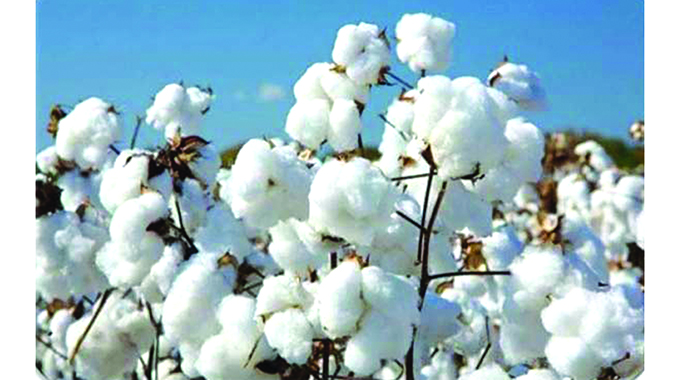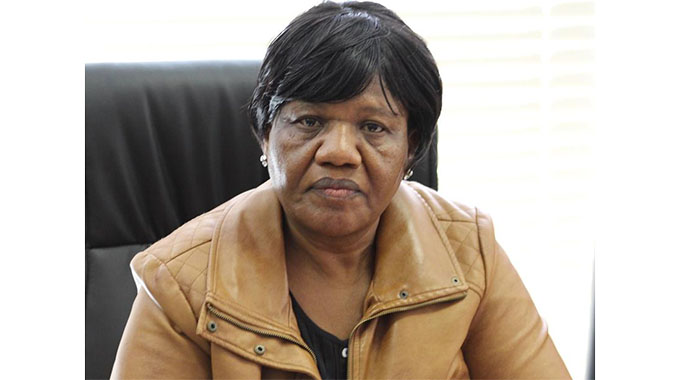Cotton growers to get US dollar part payment

Business Reporter
THE cotton marketing season for 2022 began on Monday with the Government setting the new prices for the commodity, which will see farmers get US dollar part payment of 30 US cents per kilogramme plus a Zimbabwe dollar component of $32 per kg.
“It’s good that the Government has reviewed the price upwards and also the US dollar component is a welcome development,” Cotton Producers and Marketers Association chairman Stewart Mubonderi told The Herald Finance and Business yesterday in an interview.
Mr Mubonderi however, called for periodic reviews of the Zimbabwe dollar price in line with inflation.
Before the upward review, the Government had set the pre-producer price for 2022 at $111 per kilogramme for the crop funded by private companies and $63,23 for cotton produced under State-assisted farming programmes-Pfumvudza/Intwasa and the Presidential Free Inputs Scheme and an additional US$30 per bale.
Cotton, apart from providing sustenance to hundreds of thousands of households across the country, is one of Zimbabwe’s key foreign currency earners, especially in terms of net inflows and comes only second after tobacco; in terms of agricultural exports.
The Reserve Bank of Zimbabwe (RBZ) had said in February this year that cotton farmers, alongside tobacco growers, will be paid 75 percent of their earnings in foreign currency as the Government sought to boost production of the two agricultural export commodities. But the cotton firms have failed to secure US-dollar loan facilities to be able to make such payments.
Industry players said the announcement, made in the 2022 Monetary Policy Statement, came late as it normally takes about six months to have such US dollar loan facilities approved.
Zimbabwe’s cotton output is expected to decline by 30 percent this year to 116 000 tonnes, according to the latest figures from Agritex, but higher than initial estimates after late rains salvaged some of the crops.
The cotton crop suffered two major setbacks — the late-onset of the rainy season and a very long dry spell experienced in most cotton-growing regions during mid-season. However, unusually heavy rains in March through April undid much of the damage that had been caused by the mid-season dry spell. Initially, the industry had projected that production would drop to 92 000 tonnes.
Zimbabwe’s cotton season runs in two phases: planting between October and January and a harvesting and marketing phase that normally runs from May to September.
To ensure an orderly marketing season, the Government is set to introduce a law that severely punishes cotton contractors and farmers engaging in side marketing and any other activities that breach regulations governing the sector.
Breaking the law would attract hefty fines, even deregistration or suspension of contractors, according to the new proposed regulations.
The new regulations also seek to penalise contractors who fail to provide minimum inputs per hectare, operating outside designated common buying points or conducting mobile buying, use of a defective weighing scale, growing and marketing of a ratoon crop (plant that regrows from the old root) stock, contracting regulator already contracted by another merchant among others.











Comments